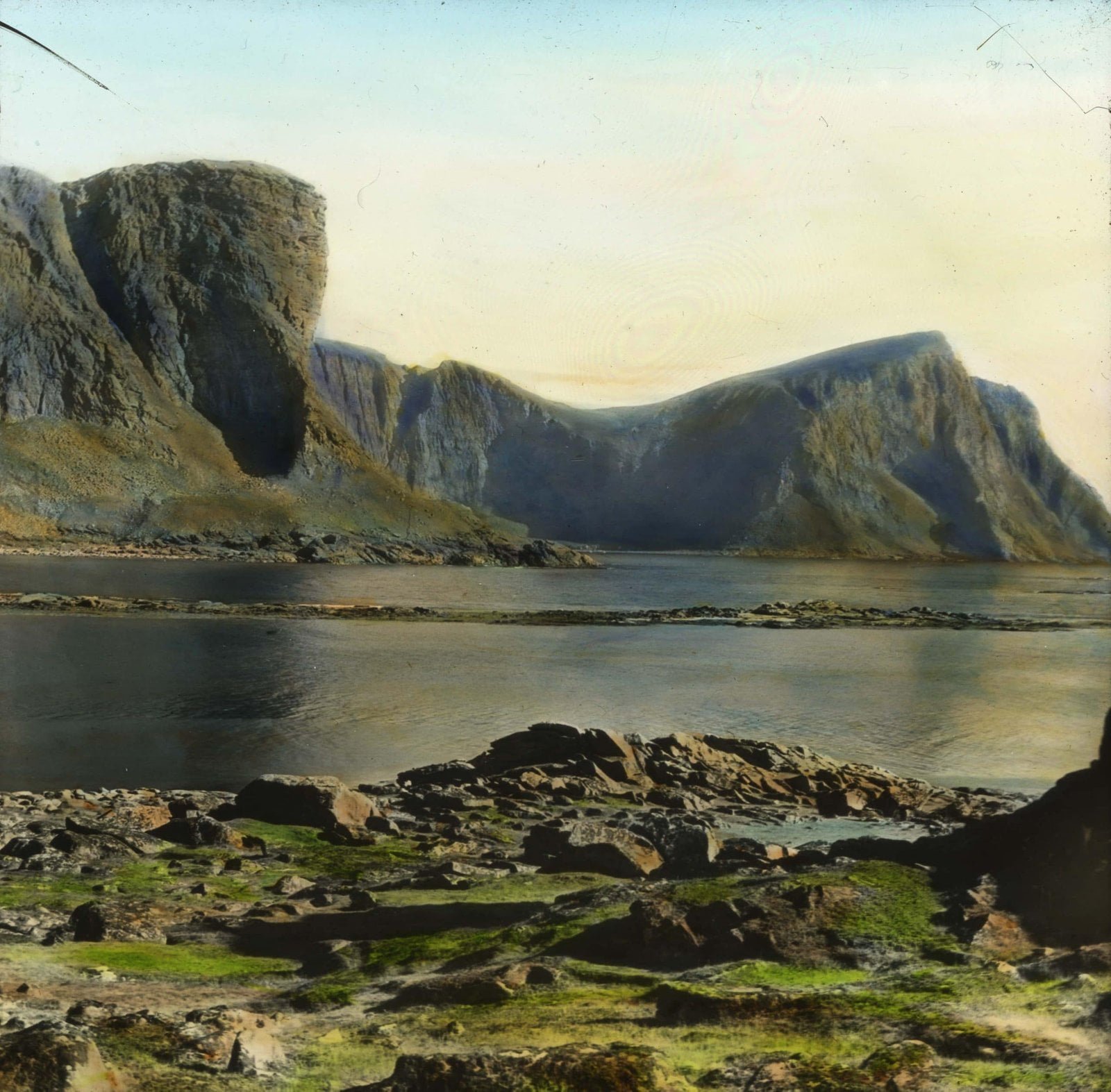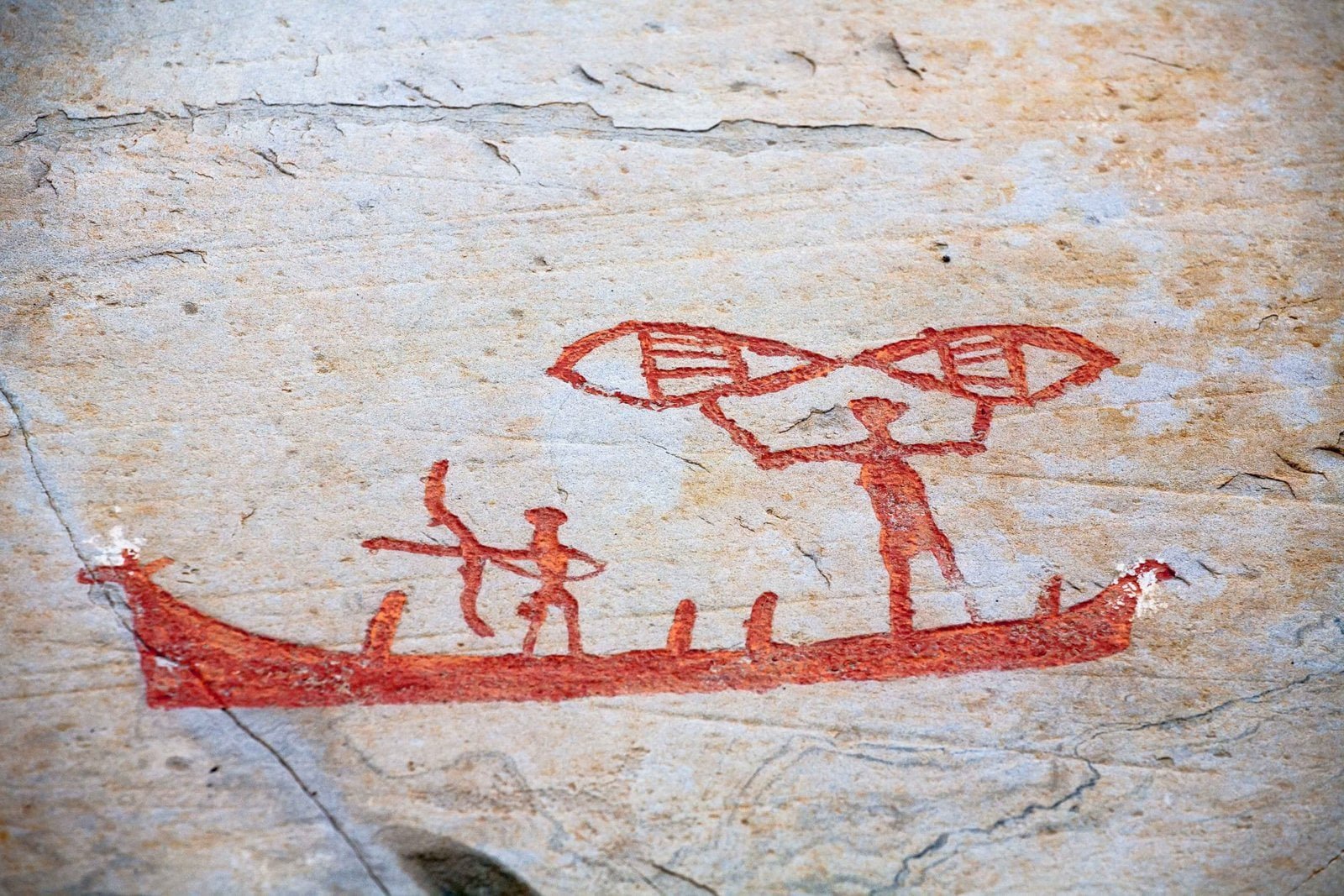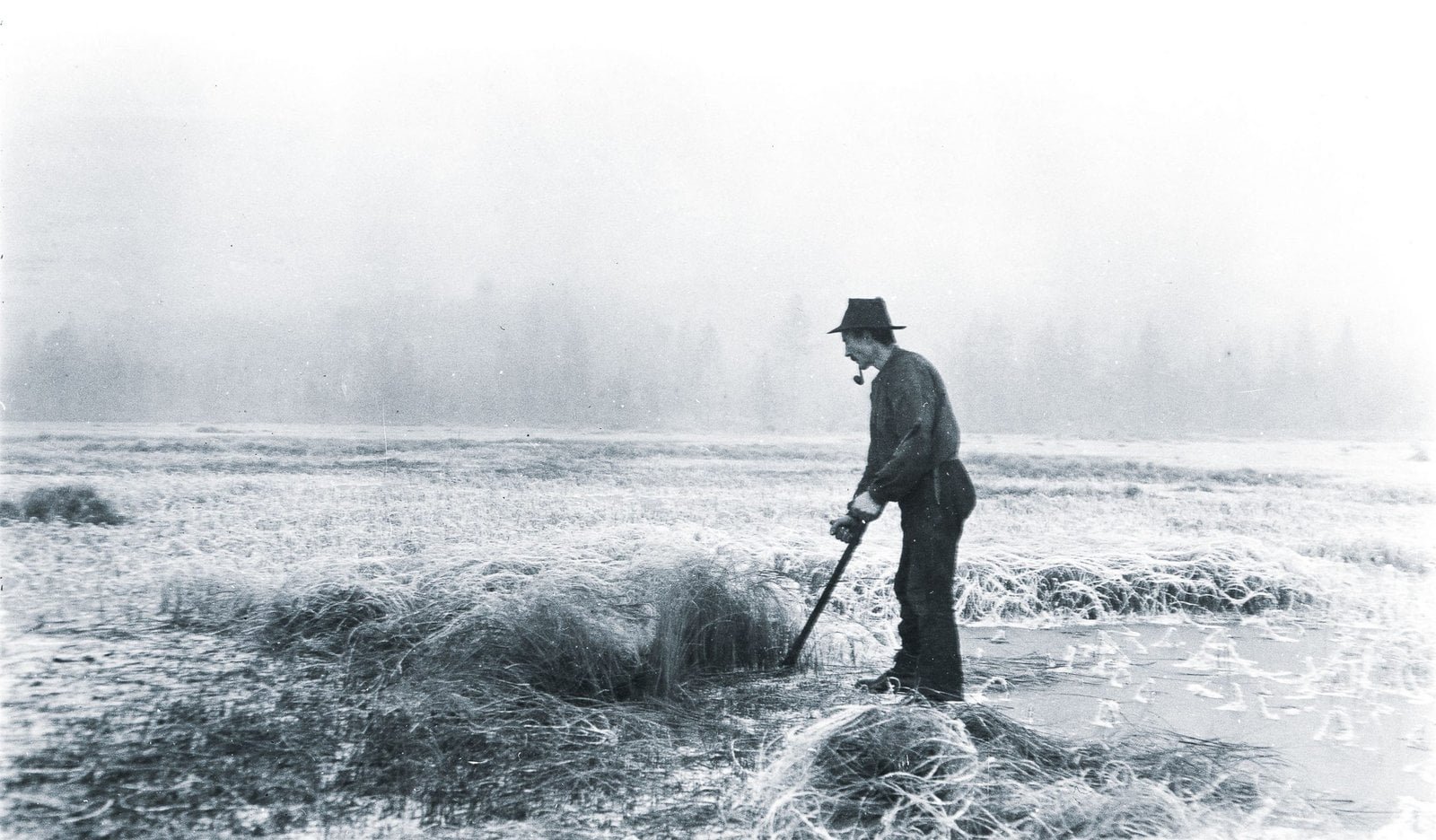Summer and winter
Today, the Norwegians think of the year in terms of 4 main seasons: spring, summer, autumn, and winter. But the old Norwegian calendar stick divided the year into two equal halves: summer and winter.
The summer started on 14 April, on what the old Norwegians called sommermål, sommerdag, or sommernatt.
The first day of winter was 14 October, called vintermål, vinterdag, or vinternatt.
Midsummer’s Eve fell on 13 July – and Midwinter’s Eve on 13 January (some sources say 12 January).
Utilising the summer was crucial
The Norwegian winters are dark and cold, with the ground often frozen solid and covered with snow. Therefore, the farmers had to sow, gather, and harvest enough food during an intense summer, to tide both people and farm-animals over the winter.
The old farming methods were labour intensive, and the farmer could not risk losing any hired hands when he needed them the most. This explains why the old laws only allowed farm labourers to leave their posts on either the first day of summer, or the first day of winter – on 14 April or 14 October.
They called it faredag
Faredag is the term people used when referring to these 2 days. You could not leave your position in the time in between.
The Norwegian word faredag is composed of two words: fare + dag = faredag. Fare means travel, leave, and more. Dag means day. The general meaning of the word faredag in English could be said to be the day that you leave – leaving day or travel day.
According to King Christian 5’s Norwegian Code of 1687, a farm labourer had to give 8 weeks’ notice – ahead of the faredag. If not, he had to stay on for another 6 months.
If the labourer feared that his employer would cause trouble and force him to stay, the law stipulated a solution: he had to make his intentions known in the presence of others. For example, when attending church on Sunday.
Tenant farmers could also only leave on 14 April
For tenant farmers or cotters – leilendinger or husmenn – the faredag was also 14 April.
This makes perfect sense, as the new tenant then was allowed a full growing season on the new property. If not, how would he otherwise be able to provide for himself and his family over the coming winter?
Even today, 14 April is the handover-day used in Norwegian farm tenant agreements. Either the farm’s owner or the tenant farmer – gårdens eier or the forpakter – must actively terminate the lease 1 year prior to the annual faredag – even when the contract clearly stipulates when the contract ends. If they fail to do so, the contract is automatically extended 1 year at a time.
EGP.00102











